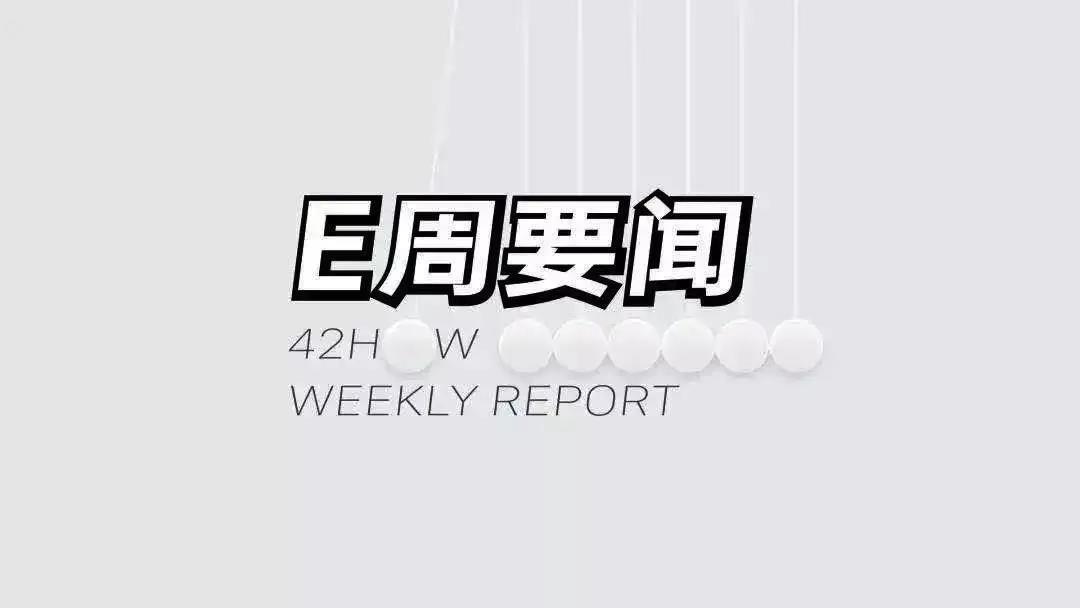Weekly Index
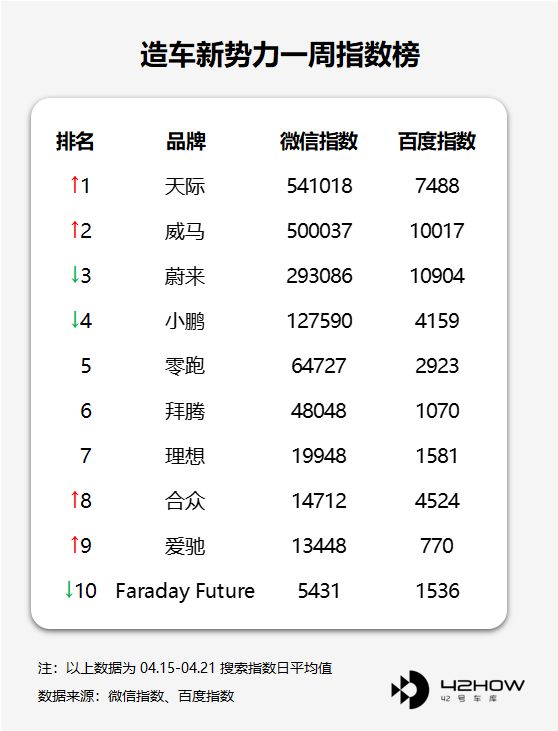
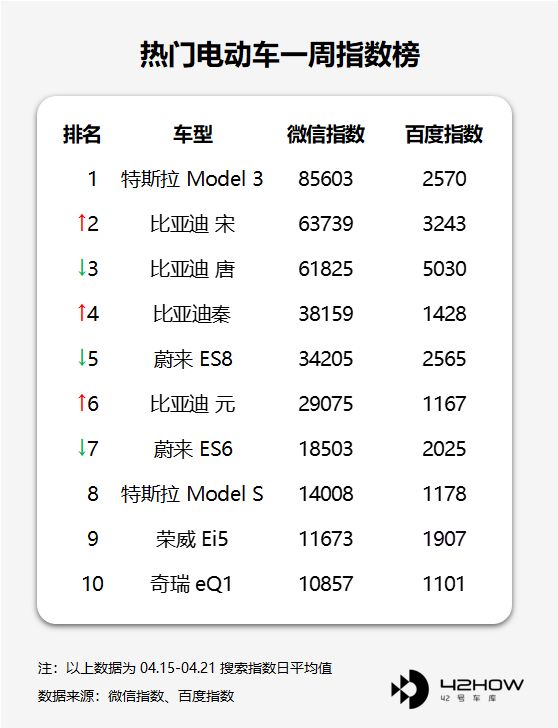
Weekly News
Tesla and NIO caught on fire within 24 hours
On the evening of April 21, a Tesla Model S caught fire in an underground garage in Xuhui District, Shanghai. On the afternoon of April 22, a NIO ES8 caught fire for no reason in NIO’s authorized service center parking lot in Xi’an.
The Tesla was an old Model S P85, over 3 years old with a mileage of over 60,000 kilometers. The owner stated that it caught fire less than 1 hour after completing energy replenishment at the supercharging station and returning to the underground garage.
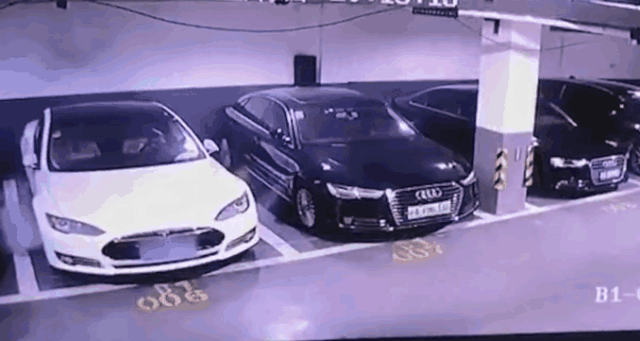
Regarding this NIO, according to inside sources, there was a minor traffic accident with this car before, requiring a replacement of the front windscreen and front bumper in the repair service center. After the service was completed, the car was fully charged and parked in the parking lot before the spontaneous combustion occurred.
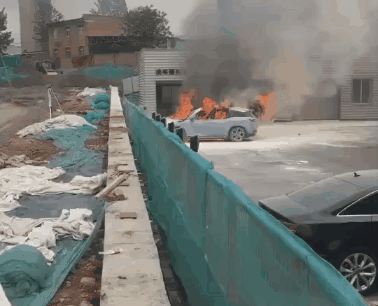
Comment: Tesla and NIO are really having a hard time now. Some netizens jokingly said that NIO is using this incident to gain popularity. However, joking aside, we hope that both companies can quickly produce accident analysis reports, allowing consumers to clearly know the real cause of the spontaneous combustion. After all, these incidents are sure to raise tremendous doubts about the safety of electric cars, and even deter many consumers from buying one directly. At the same time, we also hope that manufacturers will always put safety first in the process of battery development!
Huawei enters the automotive industry
At this year’s Shanghai Auto Show, Huawei made an unexpected appearance. At their press conference on April 17, Huawei made it clear that they are not making cars, but will become a supplier in the automotive industry. This supplier is not a traditional one, but rather a supplier of intelligent connected vehicles. Huawei will use its accumulation in the ICT field to provide mobile data center (MDC)-based in-vehicle computing platform and intelligent driving subsystem solutions for automotive enterprises.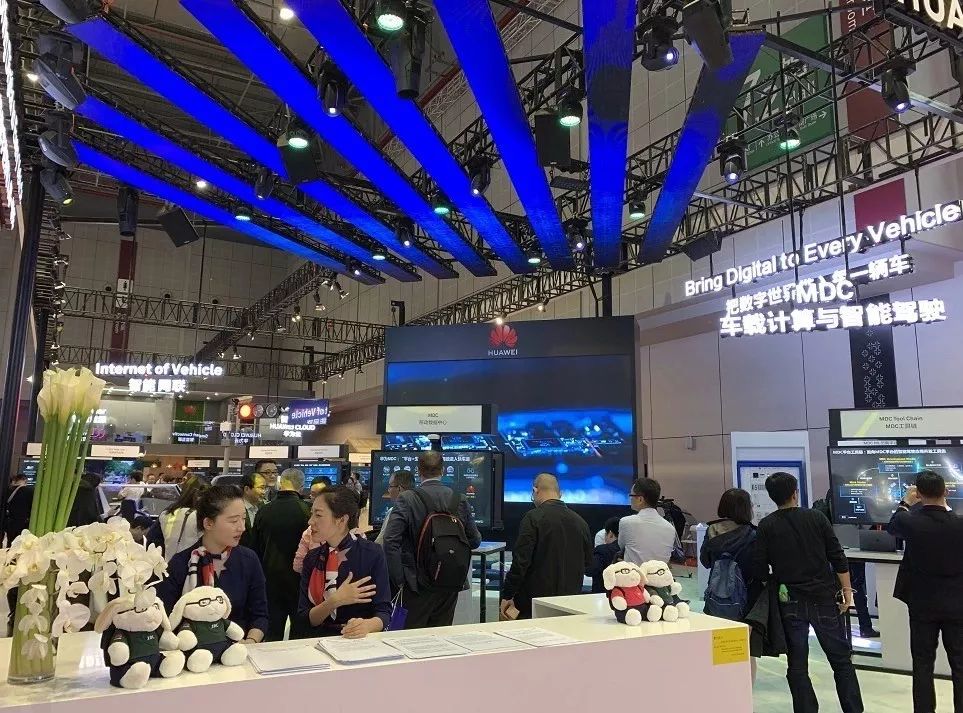
Quick Take: After Huawei’s appearance at the Shanghai Auto Show, all the rumors about Huawei entering the automotive industry have been confirmed. At this time of transformation in the automotive industry, everyone wants to get involved, and dozens of new carmakers have emerged in just three years. Huawei didn’t blindly rush into the circle of new carmakers, but at this turning point in the industry, identified their own advantages and found a development path of their own. Huawei has already determined their positioning, and the rest is up to Apple!
Audi e-tron production capacity reduced by 20%
On April 19th, Audi Brussels factory adjusted the production plan for the e-tron model. The original plan was to produce 55,000 units in 2019, but it has been adjusted to 45,000 units, a reduction of 20%. At the same time, the plan to mass-produce the e-tron Sportback at the end of 2019 has been postponed to 2020, mainly due to LG battery production capacity issues.
Currently, there are approximately 20,000 global orders for Audi e-tron. Audi has invested over 2 billion euros in the e-tron series, and this series of models needs to sell 600,000 units throughout its lifecycle to achieve break-even.
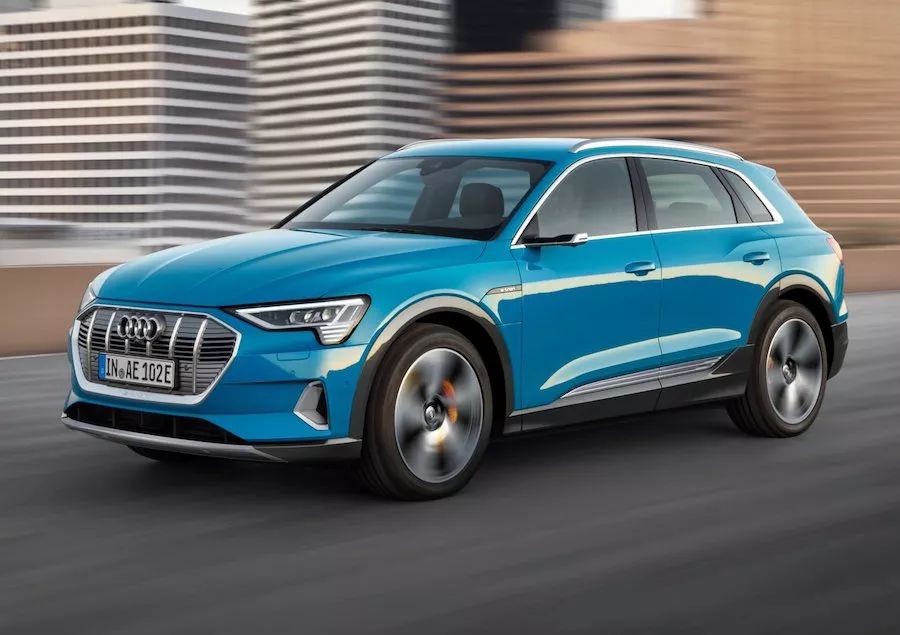
Quick Take: At present, battery production capacity is one of the important factors that restricts electric vehicle production. Recently, Audi announced the EPA range of the e-tron model: 204 miles, or 328 kilometers. This range is not impressive for a medium-sized SUV with a 95 kWh (actually available 83.5 kWh) battery pack, and it comes with a high price tag of 700,000-830,000 yuan. Compared to new carmakers, Audi has no advantage in the three areas of electric power. Would you still want to buy an Audi-branded electric car?
NIO officially releases its own branded supercharging station
At the 2019 Shanghai International Auto Show, in addition to unveiling heavy vehicles such as the ES8, ES6, and ET Preview, NIO also brought their own branded supercharging station, with a total power of 315 kW, equipped with 4-6 charging guns in each line, with a maximum charging power of 105 kW for each gun.
 ### Huizhou Auto completes B round financing of 3 billion CNY
### Huizhou Auto completes B round financing of 3 billion CNY
Recently, Huizhou Auto announced the completion of the B round financing, with a financing amount of about 3 billion CNY. The government industry fund led the investment, and strategic capital followed. One-third of this round of financing will be used for vehicle research and development. At the same time, Huizhou Auto is launching the B+ round financing, with a target of 2-3 billion CNY. As of now, Huizhou Auto’s cumulative financing has exceeded 7 billion CNY.
Quick Commentary:
Many people may not have heard of Huizhou Auto. However, many people have heard of NETA, which is the mother brand of Huizhou Auto. Recently, Huizhou Auto released a new car: the Huizhou U. The on-paper parameters of this car are very good, and with the new financing in hand, the launch of the U model is one step closer.

Quick Commentary:
After the layout of the over-charging system, NIO’s NIO Power system will be more perfect. In addition, NIO’s charging station has a very small form factor and a very high appearance value. As for why larger power charging stations were not installed earlier, NIO stated that there are hardly any car models currently available that support ultra-large charging power like the Model 3. The maximum charging power of 105 kW can fully meet the requirements of existing electric vehicles. In the future, NIO will also update the fast-charging station as battery technology improves.

- Fiat buys emission quotas from Tesla, NIO delivered 3989 ES8s in Q1 | Weekly News* Tesla Launches New Referral Program; NIO’s 160 kW Electric Drive System Goes Offline | E Weekly News
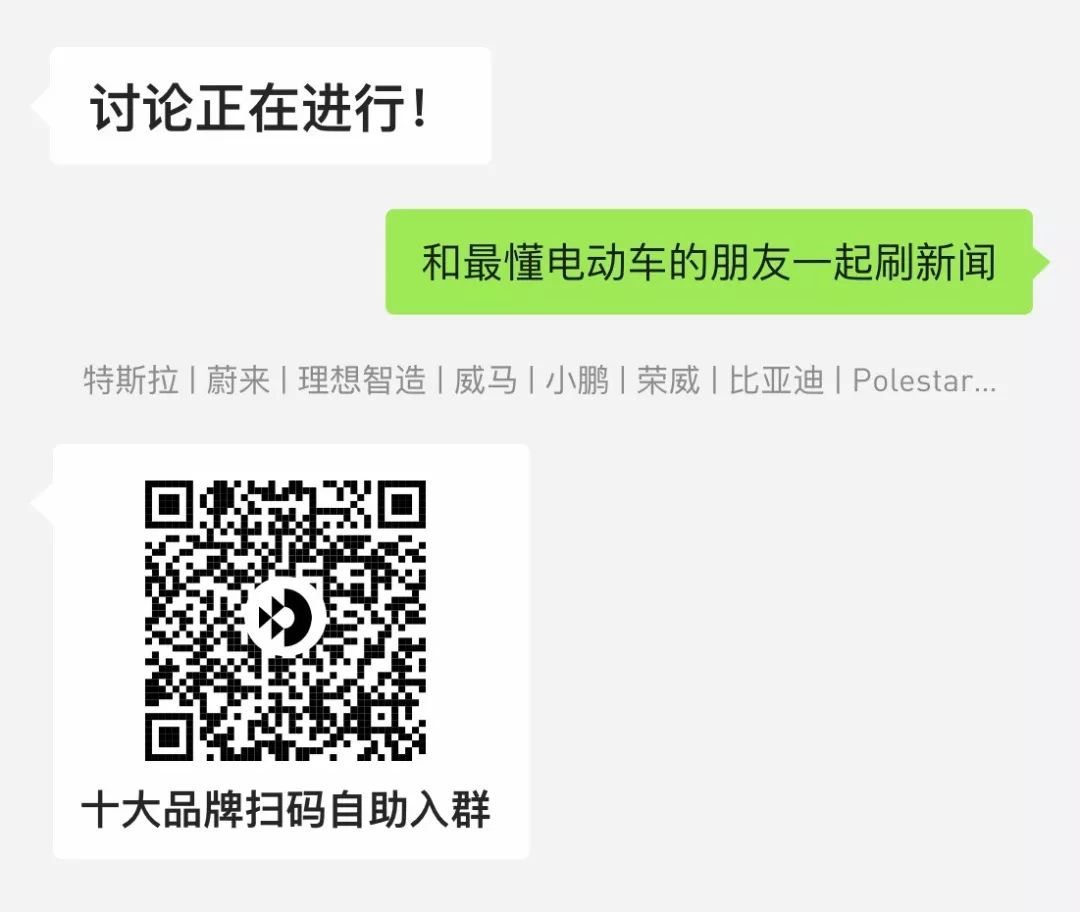

This article is a translation by ChatGPT of a Chinese report from 42HOW. If you have any questions about it, please email bd@42how.com.
